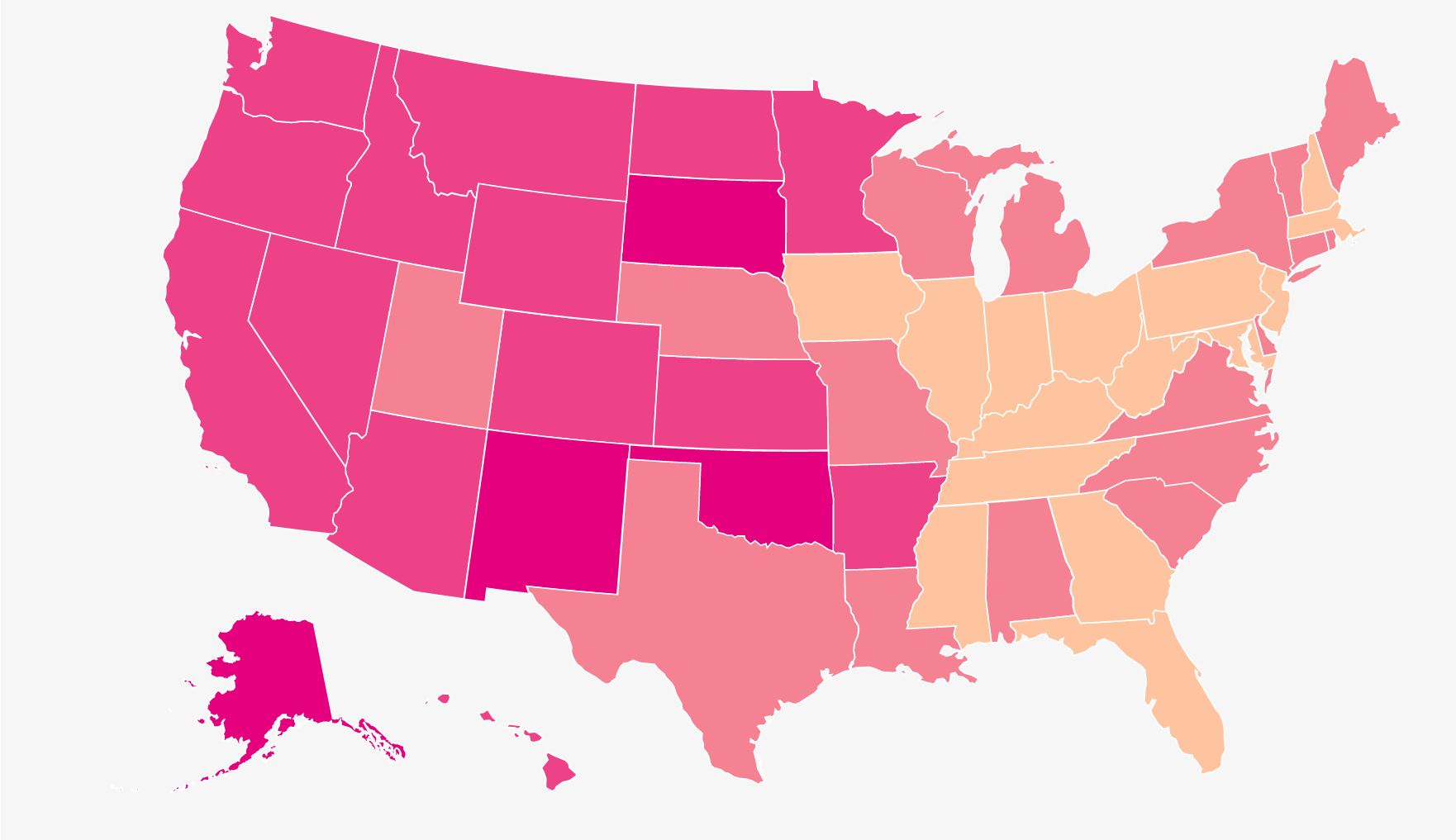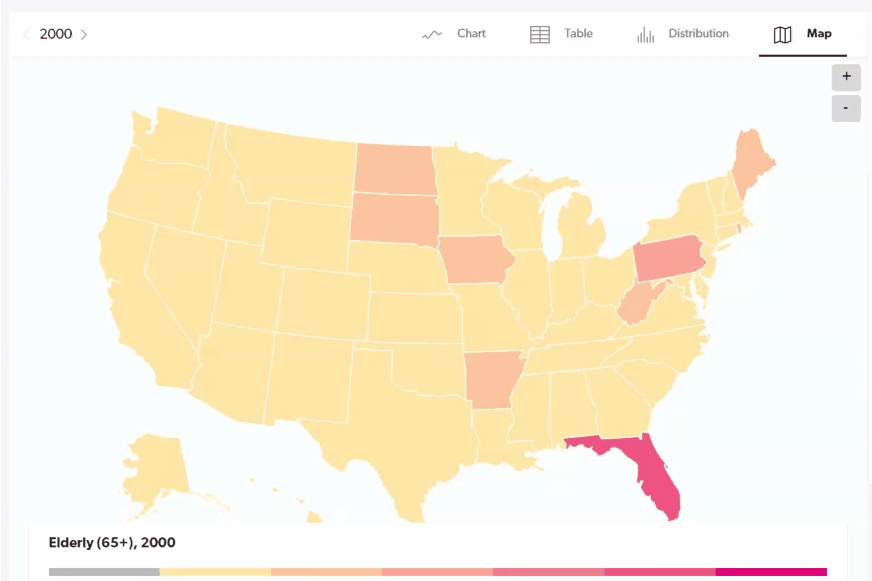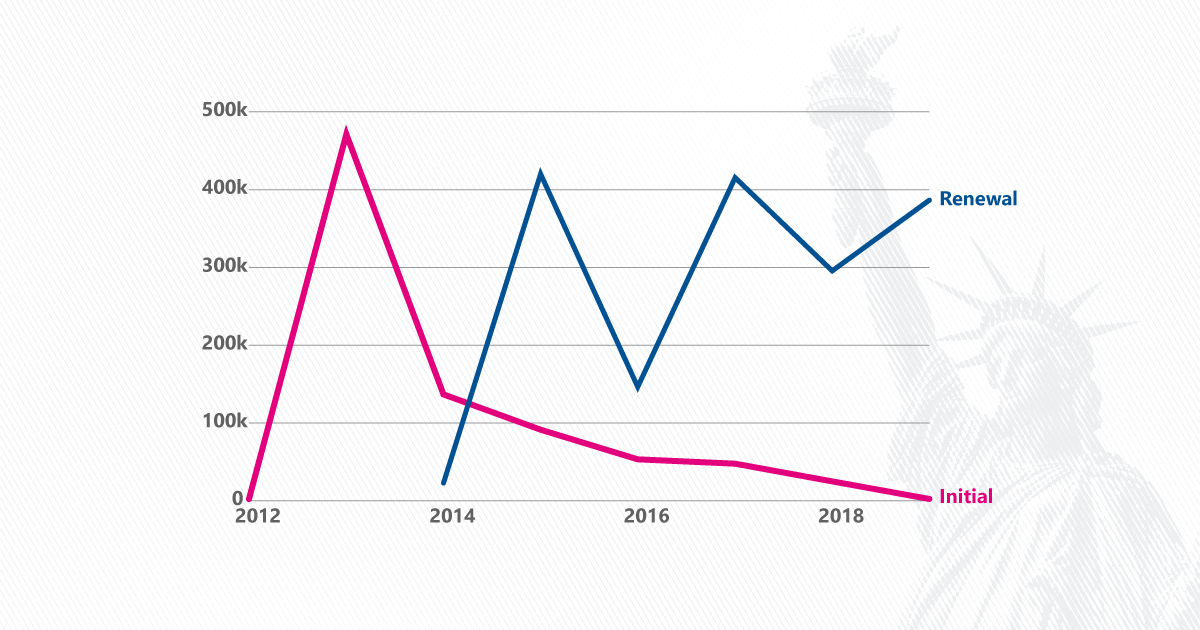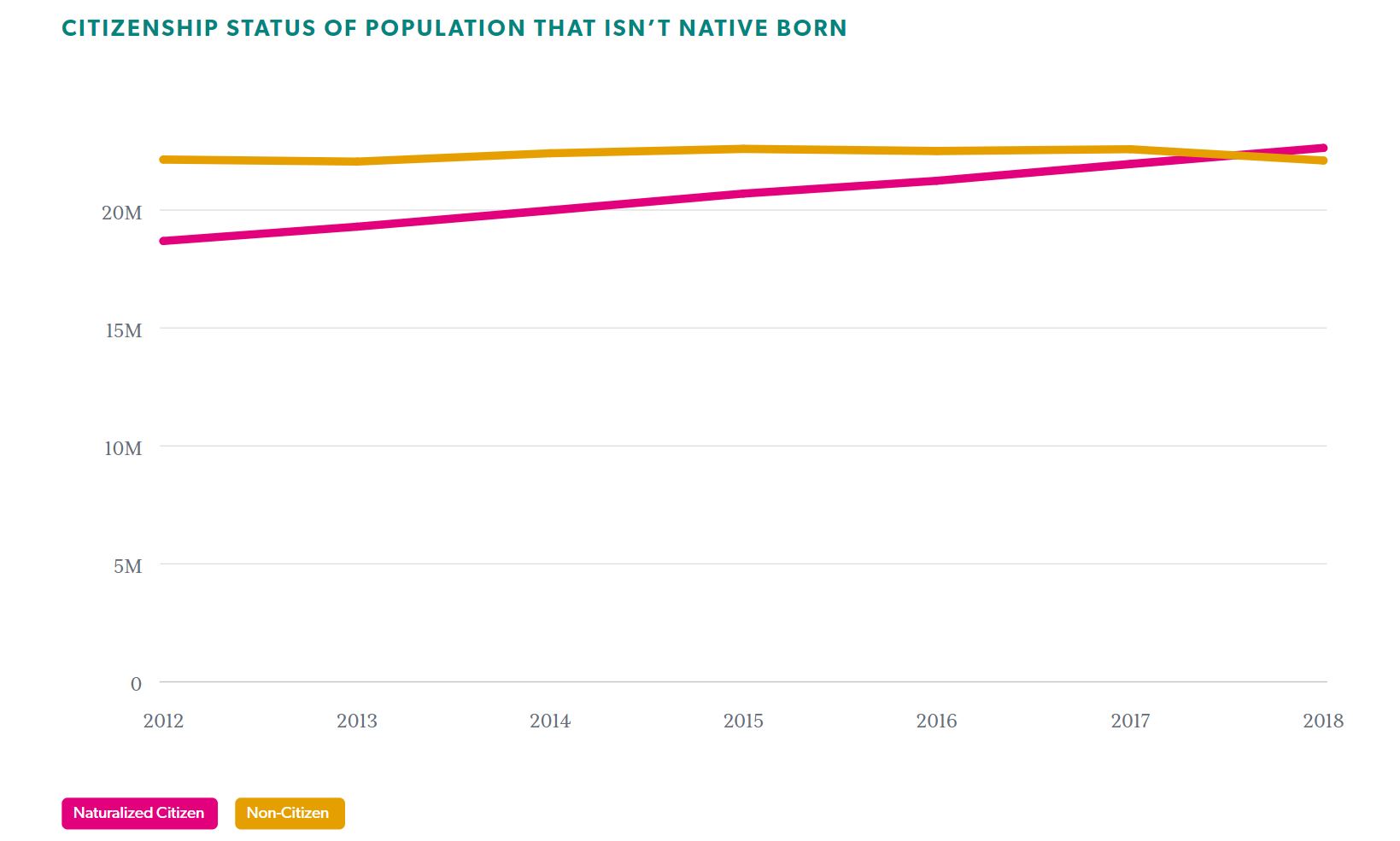Population and society
Native Americans and the US Census: How the count has changed

In 2021, 81.2 million Americans were under the age of 20. That’s about 1.5 million more than in 2000. However, the overall population grew by nearly 50 million people, meaning that young people accounted for a smaller share of the population in 2020.
The share of young people in the US has decreased since the 1970s, though much of the decline occurred between 1970 and 1990, when the baby boom generation grew up.
The biggest factor in how many young people live in the US at any given time is the birth rate.
While total births increased from 4.1 million in 2000 to 4.3 million in 2007, the birth rate stayed consistent. The birth rate is measured as the yearly number of births per 1,000 people.
The number of births per year decreased to the point where nearly 1 million fewer babies were born in 2020 than in 2007. During that time, the birth rate decreased from 14.33 births per 1,000 people to 10.97.
The number of deaths also impacts young peoples’ share of the population. Since 2000, the death rate for the population under 20 has declined from 67.1 to 50.5 deaths per 100,000 people.
In particular, the infant mortality rate declined from 6.89 to 5.58 deaths per 1,000 people. Since infant deaths account for most deaths in the 0-19 age group, the decline in infant deaths influenced the decline in overall young deaths.
Migration is another factor that contributes to the size of the youth population. While most of the people younger than 20 in 2020 were born in the US, some people moved away from the US and others moved to the US after they were born.
Net migration is a measure of the net effect of people moving to and from a region. One way to estimate it is by taking the number of people in a group for a given year and comparing the deaths and population size at a later point in time.
From 2000 to 2020, 80.5 million babies were born in the US. During that same time period, 669,000 of those children died.
So if no one who was born since 2000 moved in or out of the country in the following 20 years, there would be about 79.8 million Americans under the age of 20 in 2020. But in that year, the group was larger than that. The increase of 1.4 million people can be attributed to net migration.
Utah was the only state with more than 30% of its population in the 0-19 age group as of 2020. About 28% of Texas was under the age of 20 that year, making it the state with the second highest percentage of young people in its population. Idaho, Nebraska, and South Dakota round out the top five. Half of the top 10 states by young population percentage were in the Midwest.
Utah, Texas, and Idaho were also some of the states whose young population grew the most from 2000 to 2020. Only Nevada outpaced them, with an increase of 35.8% over that time.
The high share of under 20 population for Utah can be attributed to a high birth rate, low death rate, and positive net migration. Utah had the highest birth rate in the nation since 2000, around 17 births per 1,000 people. It had a youth death rate that ranked in the bottom third of all states. This, combined with net migration that accounted for over 3% of its 2020 totals, resulted in Utah having the largest share of young people.
The states with the lowest share of young people were generally located in the Northeast. About 21% of Maine’s population was between the ages of 0 and 19 in 2020.
Maine, along with Vermont, Michigan, New Hampshire, and Rhode Island, also had the biggest decreases in youth population — more than 12% since 2000.
Nine of the top 10 states by share of young population had higher birth rates than the national birth rate from 2000 to 2020. Of the 10 states whose young population increased the most, seven had higher birth rates than the overall rate. And states that had the largest increases in the young population had comparatively higher net migration.
Washington, DC sticks out as an outlier when looking at its youth population share. It had the fourth-highest birth rate in the country but trailed only Maine for its share of the under 20 population. The district’s high birth rate was offset by the highest youth death rate in the nation at 98.6 deaths per 100,000 people under 20. It also lost over 25,000 people in the age group due to net migration.
The number of young people decreased from 2000 to 2020 in nearly half of the states.
Seven states and Washington, DC all had negative net migration for the under 20 population, meaning that more people left the state than moved to it.
For interactive data about the population of states and counties, see USAFacts’ Our Changing Population feature. See how America cares for her elderly population get the facts every week by signing up for our newsletter.
Population and society
Population and society
Population and society
Population and society
Newsletter
Keep up with the latest data and most popular content.


